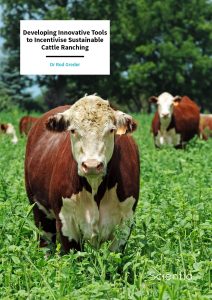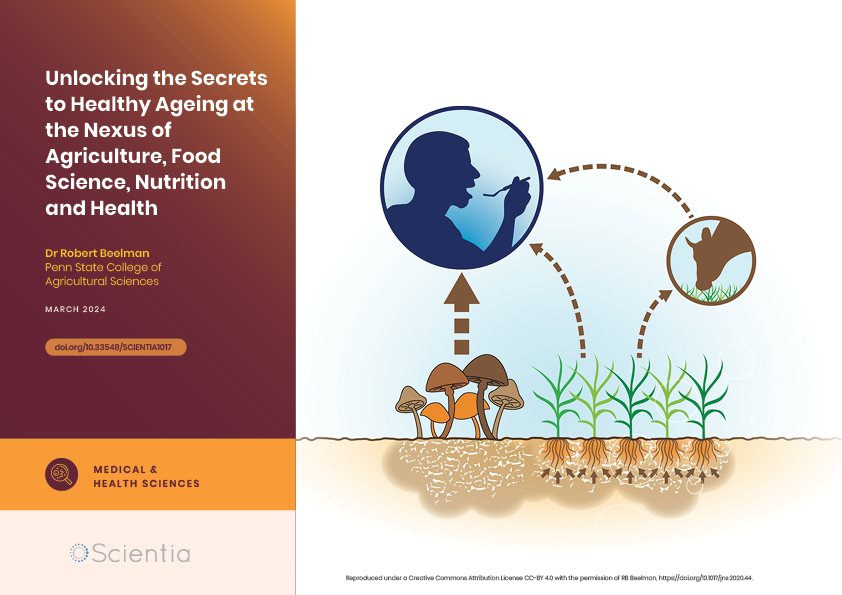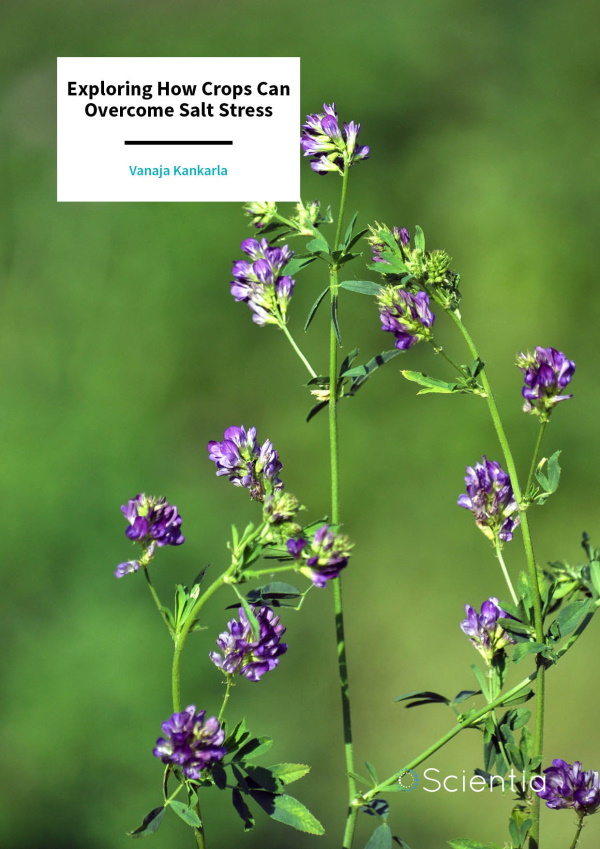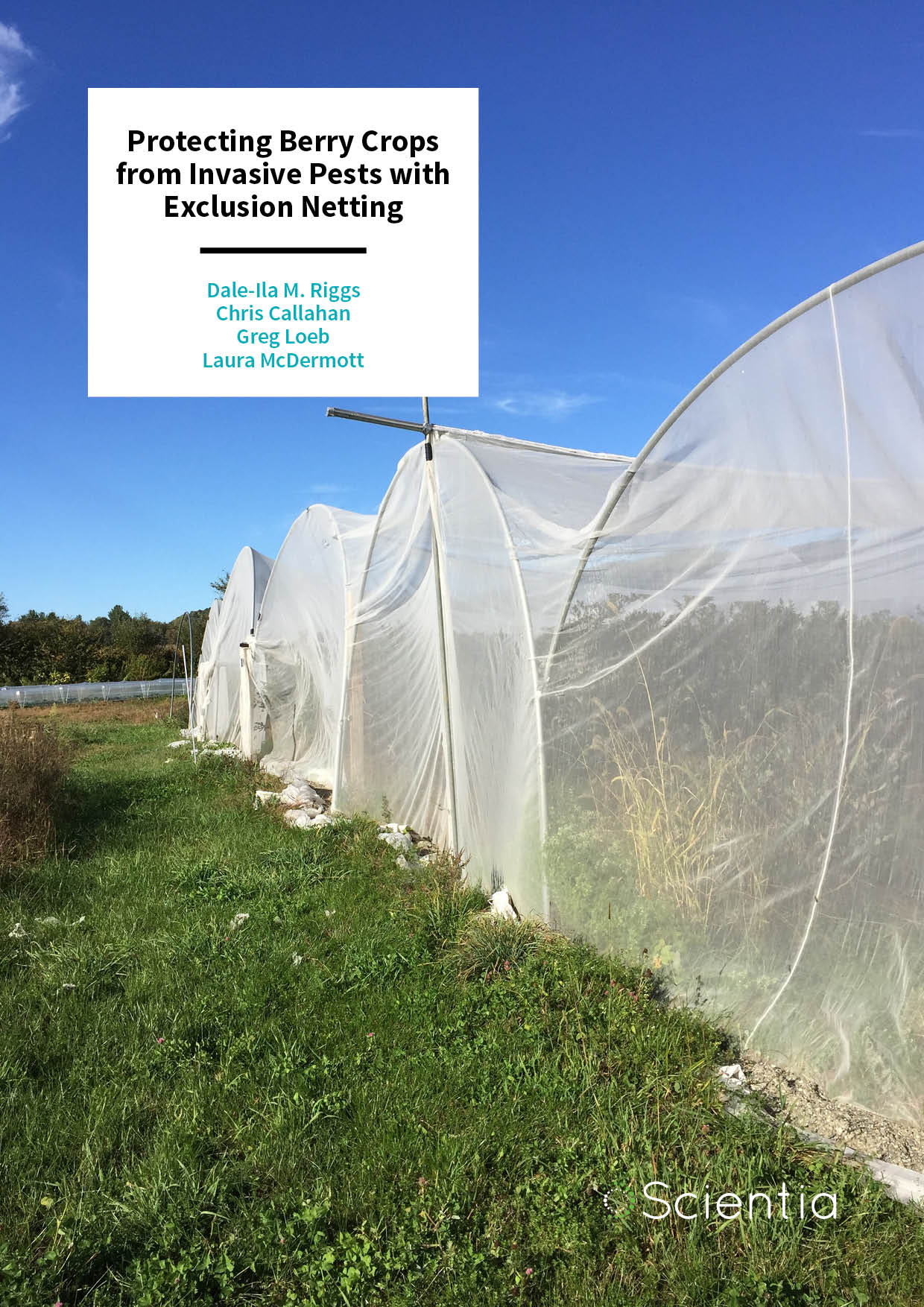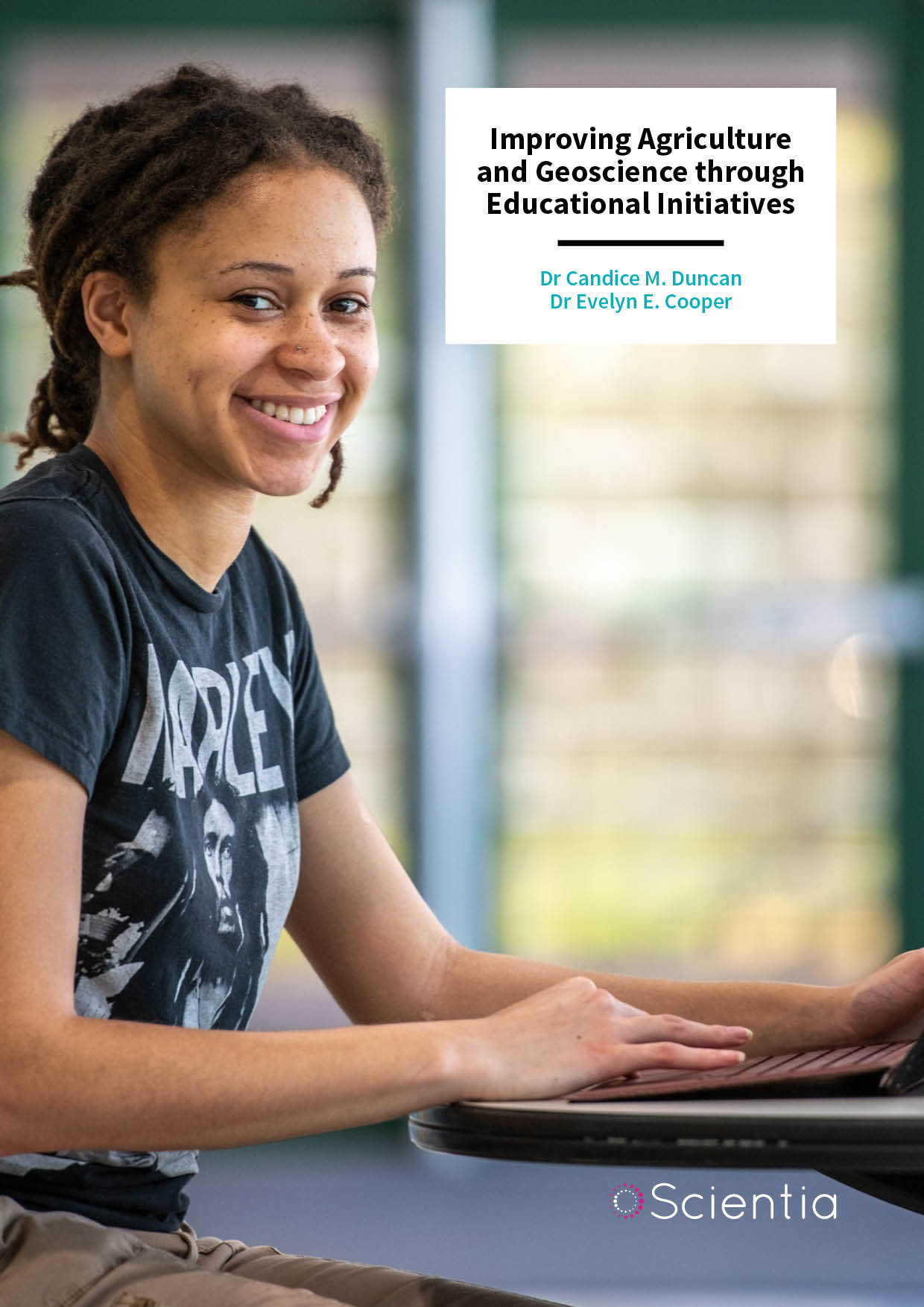Dr Rod Greder | Developing Innovative Tools to Incentivise Sustainable Cattle Ranching
Small, seemingly minor annoyances can be the final hurdles standing in the way of a good idea. Dr Rod Greder, a rancher and researcher, experienced this first-hand when studying cattle farms. Some best practices for pasture-based cattle production can be time-intensive, deterring many farmers from making the shift. Moreover, we still lack reliable scientific data that can be presented to farmers to demonstrate the economic advantages of pasture-based practices, such as intensive rotational grazing. To incentivise more farmers to make the transition to this more sustainable form of raising cattle, Dr Greder has created simple, cost-effective tools that make managing and monitoring pastures more profitable and sustainable for the rancher.
Pasture-based Animal Production
Pasture-based systems offer a more sustainable way to raise cattle and use land that is not suitable for crop production. On these farms, cattle roam pastures and graze on grass and other plants while depositing manure in the field where it is needed. This can translate to healthier animals, fewer veterinary bills, and more nutritious meat and milk.
Well-managed farms distribute animals across the pasture, spreading their manure more evenly and improving the quality of the grass, which in turn reduces soil erosion and water pollution. Rotational grazing can build rich soils that conserve water and are sustainable for decades of use. These myriad benefits make well-managed pastures more resilient in the face of climate change.
However, the way in which a pasture-based farm is managed dictates whether the system is net beneficial to the environment. To truly adopt best management practices, farmers must make sizable financial and time investments – costs that some farmers cannot absorb.
Dr Greder realised that many of the most common complaints associated with intensive pasture management focus on inefficient practices that could be improved with easy-to-use, simple tools. With the goal of increasing the adoption of pasture-based systems, Dr Greder’s novel tools can make the lives of ranchers easier. His innovative methods also promote and strengthen the most environmentally friendly aspects of pasture-based farms, while providing measurement tools to document quantity and quality benefits of intensive rotational grazing. These tools allow ranchers to test different management practices and gather data to confirm that they are sustainable and cost-effective.

The Pasture Productivity Pail
Pasture Productivity Pail
While working at the University of Minnesota, Dr Greder pioneered a study to create affordable, easy-to-use tools to document how different grazing methods can improve soil health and water quality. Currently, most ranchers use qualitative assessments to evaluate the benefits of grazing systems, which are often inaccurate. With a science-driven tool that provides hard data on the benefits of grazing management, best practices might be more readily adopted by hesitant farmers.
With funding from the United States Department of Agriculture (USDA), Dr Greder began a three-year project. He collaborated with ranchers to create a mobile, easy-to-use tool that measures important soil characteristics, including fertility, temperature and moisture, and above ground forage quantity and quality.
After three years of working with ranchers, Dr Greder and his colleagues created the ‘Pasture Productivity Pail’ – a set of portable tools carried in a bucket, which is used to make informed decisions on pasture management. The Pasture Productivity Pail includes resources that measure important soil characteristics, quantify forage quality and quantity, and provide information for ranchers to identify and manage weeds and optimise thicker plant stands and more beneficial plant mixtures.
‘We identified a set of comprehensive, easy to use tools that a rancher can take to the field and determine the quality and quantity of their pasture forages,’ says Dr Greder. ‘This provides data that they can use to make fact-based decisions on how to choose best management practices that result in improved pasture output, animal productivity, farm profitability and environmental sustainability. This pail also becomes an in-field awareness tool that ranchers can use to educate themselves and staff about all aspects of forage production and optimisation.’
As part of his research, Dr Greder interacted with many ranchers, asking them for insight on what management practices could result in greater productivity. Many ranchers and grazing experts have shown that more frequently moving cattle stimulated soil health and spread manure in more sustainable ways, improving forage productivity. However, anywhere that cattle go, critical equipment must follow, which can be cumbersome for the rancher. This common complaint inspired Dr Greder’s next innovation – a way to transport necessary equipment across a pasture more easily.

Components of Dr Greder’s Grazing Station.
Mobile Grazing Unit to Transport Equipment
Rotational grazing describes the practice of moving cattle to different portions of the pasture, allowing each area of a farm to have rest periods without grazing. Well-managed rotational grazing allows both the roots and shoots of the forage to recover and grow more vigorously.
However, the benefits of rotational grazing are not free. Ranchers must consider the expenses of rotational grazing, including more fencing, more labour and more intricate watering systems. Although these trade-offs are generally acceptable to ranchers, Dr Greder realised that few resources discuss the physical hassle of moving supplies across the pasture.
When thinking about his own farm, Dr Greder realised that he often reduces the frequency of cattle rotations to save the hassle of moving equipment. This revealed yet another weak point in pasture-based management that could be eliminated with creative, innovative tools.
In another project funded by the USDA, Dr Greder surveyed ranchers to design a mobile unit that can be easily transported across a pasture with standard farm equipment, such as a tractor or truck. The mobile cart contains critical equipment that farmers need to move along with their cattle, such as mineral stations, water troughs, fly control, fencing supplies and optionally, shade protection. After several iterations of prototypes that incorporated rancher feedback, Dr Greder is currently in the final stages of preparing his mobile cart for commercial sale.
More Pasture-Based Operations
Dr Greder has leveraged his decades of experience in agricultural research and a lifetime of working on farms to identify and address critical problems that are unique to pasture-based systems. The Pasture Productivity Pail and Mobile Grazing Cart are easy-to-use tools that will immediately make life easier for ranchers who are trying to manage their pastures in more sustainable and productive ways. By removing these small yet persistent obstacles and by providing easy-to-use tools, Dr Greder has made pasture-based cattle ranching a more attractive option. When adopted at a large scale, his innovations will help to make cattle production more sustainable, allowing farmers to stay in businesses while also protecting the environment for future generations.
SHARE
DOWNLOAD E-BOOK
REFERENCE
https://doi.org/10.33548/SCIENTIA831
MEET THE RESEARCHER

Dr Rod Greder
Sustainable Agriculture Extension Agent
University of Florida IFAS Extension
Sarasota, FL
USA
Dr Rod Greder has been surrounded by agriculture for his entire life. Raised on a 500-acre beef, corn and hay farm in Iowa, Dr Greder is no stranger to life as a rancher. As a researcher, he decided to continue focusing on agriculture, and he received his PhD in Plant Genetics from the University of Illinois. His work has varied from managing his 83-acre farm to conducting seed research. His current work focuses on designing products that make managing pasture-based livestock ranches more profitable, sustainable, and accessible. Dr Greder draws inspiration from other ranchers and his experience rearing cows on his pasture in Pine County, Minnesota. After living in Minnesota for 30 years, Dr Greder left his position at the University of Minnesota Extension program to work at the University of Florida Institute of Food and Agriculture Extension.
CONTACT
E: rgreder@ufl.edu
KEY COLLABORATORS
Kent Solberg, Livestock and Grazing Specialist, Sustainable Farming Association of Minnesota
Tom Gervais, Natural Resource Conservation Service
FUNDING
United States Department of Agriculture, Sustainable Agriculture Research & Education (SARE)
FURTHER READING
R Greder, Mobile unit to facilitate more intensive rotational grazing, 2019, North Central Farmer/Rancher Grant, United States Department of Agriculture Sustainable Agriculture Research and Education, Project FNC19-1165.
R Greder, Evaluating measurement techniques of pasture productivity to document benefits of enhanced grazing systems, 2019, North Central Farmer/Rancher Grant, United States Department of Agriculture Sustainable Agriculture Research and Education, Project LNC16-379.

REPUBLISH OUR ARTICLES
We encourage all formats of sharing and republishing of our articles. Whether you want to host on your website, publication or blog, we welcome this. Find out more
Creative Commons Licence (CC BY 4.0)
This work is licensed under a Creative Commons Attribution 4.0 International License. 
What does this mean?
Share: You can copy and redistribute the material in any medium or format
Adapt: You can change, and build upon the material for any purpose, even commercially.
Credit: You must give appropriate credit, provide a link to the license, and indicate if changes were made.
SUBSCRIBE NOW
Follow Us
MORE ARTICLES YOU MAY LIKE
Dr Robert Beelman | Unlocking the Secrets to Healthy Ageing at the Nexus of Agriculture, Food Science, Nutrition and Health
Dr Robert Beelman is Professor Emeritus of Food Science and the Director of the Center for Plant and Mushroom Foods for Health at Penn State College of Agricultural Sciences. His groundbreaking research on the medicinal properties of mushrooms and vital nutrients like Ergothioneine has opened new pathways in understanding the link between diet, soil health, and human longevity.
Dr Vanaja Kankarla | Exploring How Crops Can Overcome Salt Stress
Plant health is inextricably linked to the soil. An excess of salt can affect a plant’s ability to uptake other nutrients and reduce its overall growth. For crops, reduced growth translates to lower yields. Most research on this issue focuses on growing cultivars that are salt tolerant. Dr Vanaja Kankarla inspected the problem from a different angle. Her team studied how two forage crops, alfalfa and triticale, responded to saline water. The team’s results highlight triticale’s outstanding salt tolerance and shows that saline irrigation may actually boost alfalfa yields.
Dale-Ila Riggs | Protecting Berry Crops from Invasive Pests with Exclusion Netting
Berry crops are vulnerable to numerous invasive pests, including spotted wing drosophila. These fruit flies have caused significant losses for farmers growing berries in different parts of the US, Asia, and Europe. A few years ago, Dale-Ila Riggs, the owner and operator of The Berry Patch, developed and implemented a series of exclusion netting systems that can effectively protect berry crops from spotted wing drosophila and other environmental threats, reducing the need for chemical pesticides.
Dr Evelyn Cooper | Dr Candice Duncan – Improving Agriculture and Geoscience through Educational Initiatives
Addressing the skills shortage within scientific sectors requires a targeted approach for attracting and retaining students in STEM education. Summer Opportunities in Agricultural Research and the Environment (SOARE), SOARE: Strategic Work in Applied Geosciences (SWAG) and AgDiscovery, three innovative programs at the University of Maryland, provide a gateway for continued education, particularly for students who are traditionally under-represented in scientific fields. Implemented by Dr Evelyn Cooper, the success of the AgDiscovery and SOARE programs at the university has led to the inception of the new SOARE:SWAG program. Co-directed by Dr Candice Duncan, SOARE:SWAG focuses on students within geoscience disciplines.

